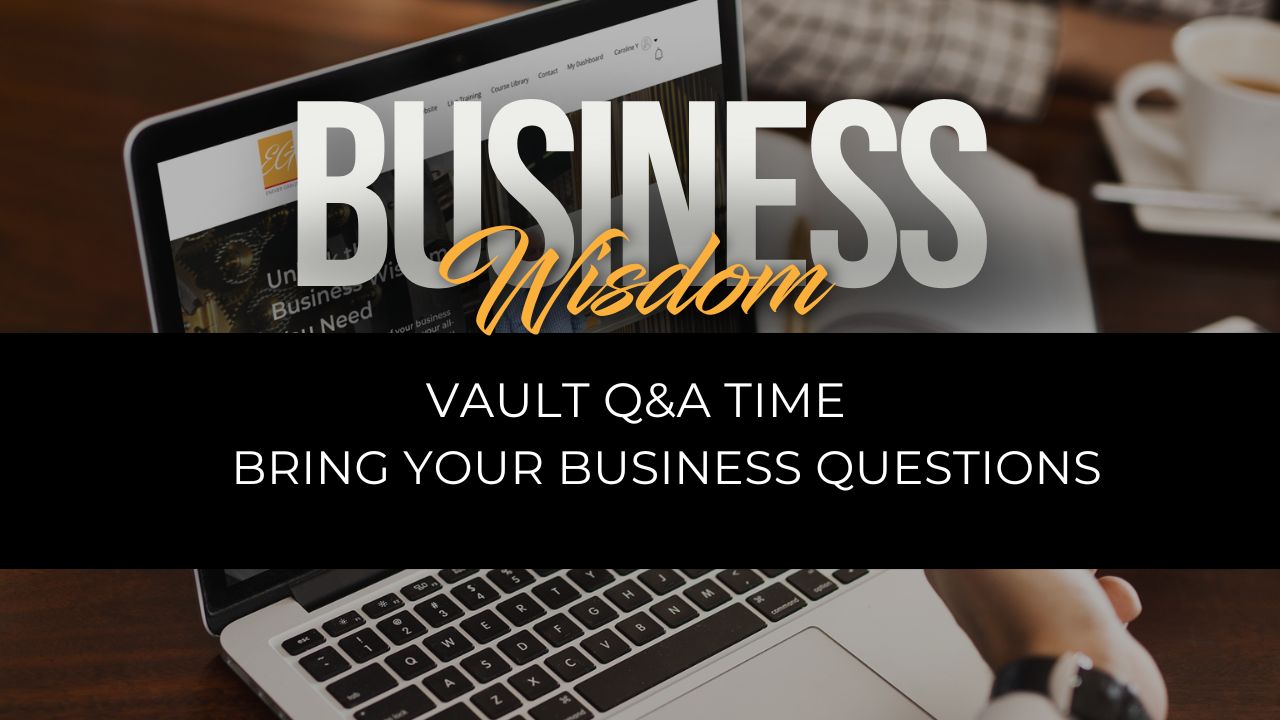Some might say predicting the future is a bit like staring into a crystal ball – except in business, it’s an absolute necessity, and that’s where forward-planning comes into play.
Forward-planning is all about anticipating the uncertainties that could occur, then devising a business strategy to accommodate any foreseeable outcomes.
So, what’s involved in forward planning, and how does it work?
The forward planning benefits
Every business should have a plan for its future. And every business owner should be crystal clear on what that is.
That plan allows you to cater to all contingencies including any additional staff required, expenditure, growth, and so much more.
But how exactly do you forward-plan, and what should you take into account?
Know your goal
First and foremost, forward planning is about determining your goal. And that’s as much personal as it is business.
In other words, it answers the question “where do you want your business to take you?”
Or “what purpose do you want your business to serve?”. Is it market domination? A comfortable lifestyle? A retirement fund? Family empire? Or a little bit of each?
When you know where your business fits within your life plan, you are better positioned to forward plan with an end-goal in mind.
Perhaps more importantly, your goal/s should be SMART, as in specific, measurable, attainable and realistic.
Why? Because when you set your ambition against the SMART goals framework, you have a far better chance of achieving success.
Know your path
Once you know your ultimate goal, it’s far easier to determine the path you need to take to get there. These are the milestones you need to meet along the way in order to have your business serve its ultimate purpose.
This, in itself, requires regular goal setting, revisions and planning, but each step should be taken with the ultimate aim for your business in mind.
This is also part of the day-to-day forward planning for your business where you seek to ascertain what will be achieved this quarter, this financial year, within five years and so on.
All these milestones should then be incorporated into your business plan, so you have a clear roadmap and planned path for what your business seeks to achieve.
Know your strengths, opportunities, weaknesses, and threats
No business operator can plan their future (or their present) without fully comprehending the landscape that they operate within.
This is where it’s imperative to know your strengths, weaknesses, opportunities and threats (SWOT). In fact, every business should be looking around on a regular basis to know exactly what’s going on in their marketplace.
When you know your strengths, weaknesses, opportunities and threats, you are better equipped to forward-plan.
The reality is when you regularly undertake a SWOT, you also know where you are positioned at the present within your market, and can clearly define the steps you need to take right now and in the future to achieve your ultimate goals.
Your forward plan informs your business plan
It’s all very well to forward plan in your own head as a business owner, but the reality is this vision of your future should be set in stone as part of your business plan.
This plan (which will change, alter and be fluid over time) charts the course of your business, and helps steer you and your staff towards your goal.
For assistance formulating your business plan or setting goals for your business and lifestyle, you can book a discovery call with me here.









